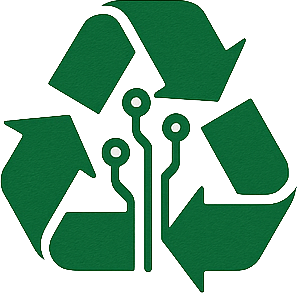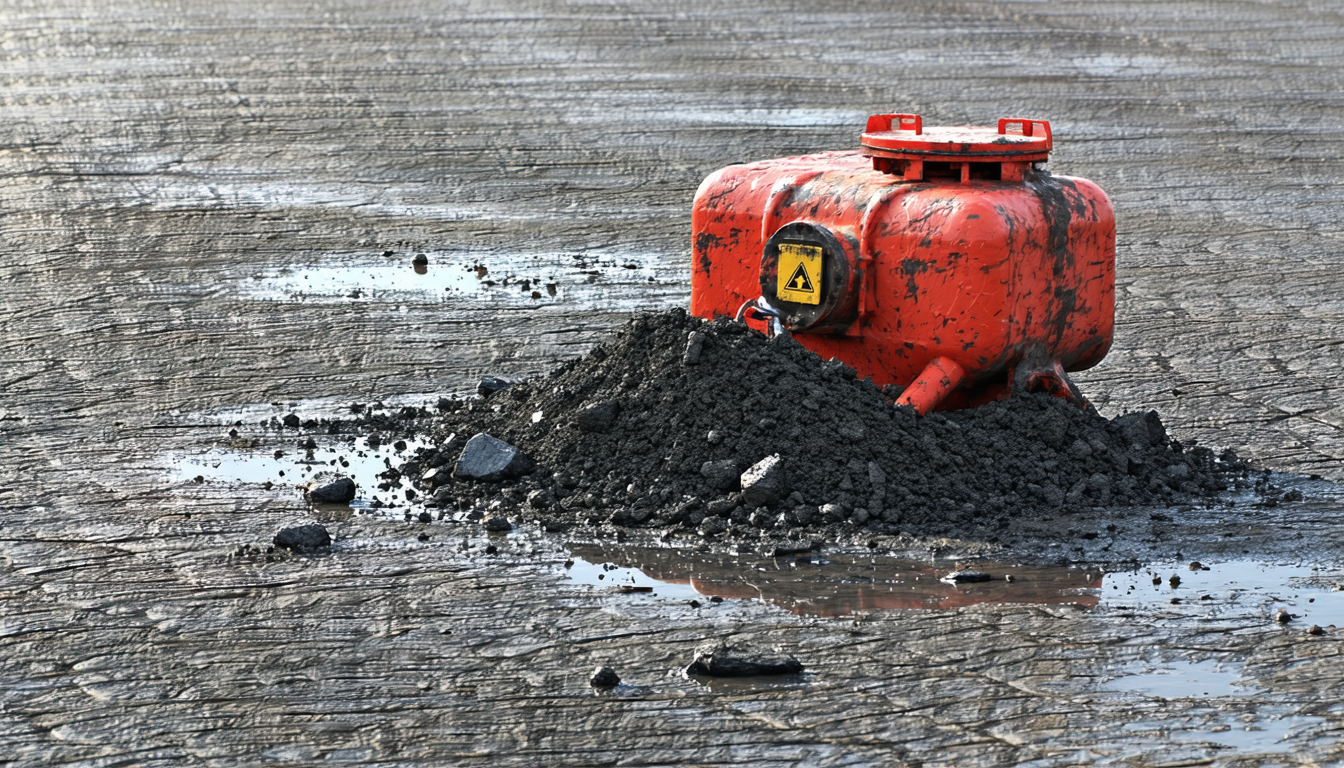Introduction
In the United States, the safe management of biohazardous waste has become a pressing concern as healthcare facilities, research labs, and industries generate increasing volumes of potentially dangerous materials. From infectious medical waste to contaminated sharps, improper disposal poses significant risks to public health and the environment. This article explores the latest developments in biohazardous waste disposal, including new regulations, innovative technologies, and their impact on stakeholders. With growing scrutiny on sustainability and safety, these updates signal a pivotal moment for the industry.
Evolving Regulations for Biohazardous Waste Disposal
The U.S. Environmental Protection Agency (EPA) and the Department of Transportation (DOT) have recently tightened guidelines for handling biohazardous waste. As of 2023, over 5.9 million tons of medical waste are generated annually in the U.S., according to the World Health Organization (WHO). New federal mandates require stricter labeling, tracking, and treatment protocols to prevent contamination during transport and disposal.
These regulations aim to address incidents of improper disposal, such as the 2022 case in California where untreated biohazardous materials were found in a public landfill. State-level policies are also evolving, with states like New York mandating annual training for healthcare workers on waste segregation. These changes underscore a national push for accountability in managing hazardous materials.
Technological Innovations in Waste Management
Technology is transforming biohazardous waste disposal across the country. Advanced autoclaving systems, which use high-pressure steam to sterilize waste, are now capable of processing larger volumes with reduced energy consumption. Additionally, plasma gasification—a process that converts waste into synthetic gas—has gained traction as a sustainable alternative to incineration.
According to Dr. Emily Harper, a waste management expert at Johns Hopkins University, “Innovative technologies like plasma gasification not only neutralize biohazards but also minimize environmental impact by reducing landfill dependency.” Companies in states like Texas and Florida have adopted these systems, cutting disposal costs by up to 20% while meeting stringent EPA standards.
Impact on Healthcare and Industry Stakeholders
The implications of these developments extend to hospitals, laboratories, and waste management firms. For healthcare providers, compliance with new rules means higher operational costs—estimated at an additional $1.2 billion annually nationwide by the American Hospital Association. However, safer disposal practices reduce the risk of lawsuits and public health crises.
Waste management companies, on the other hand, see opportunity in the growing demand for specialized services. The U.S. biohazardous waste disposal market is projected to reach $3.5 billion by 2027, driven by increased outsourcing from small clinics and research facilities. Yet, smaller entities struggle with the financial burden of compliance, highlighting a disparity in resource access.
Challenges and Controversies
While progress is evident, challenges remain. Rural areas often lack access to certified disposal facilities, forcing some providers to store waste on-site for extended periods—a practice deemed risky by experts. Additionally, there’s debate over incineration versus alternative methods due to concerns about air pollution.
Environmental groups advocate for greener solutions, while some industry leaders argue that incineration remains the most effective way to eliminate pathogens. Balancing cost, safety, and sustainability continues to be a contentious issue, requiring collaboration between policymakers, businesses, and activists to find viable solutions.
Future Outlook and Significance
The advancements in biohazardous waste disposal signal a broader commitment to public safety and environmental stewardship in the U.S. As technologies evolve, costs may decrease, making compliance more accessible to smaller facilities. Furthermore, federal funding for research into eco-friendly disposal methods could accelerate innovation in this space.
The significance of these efforts cannot be overstated. Proper management of biohazardous materials prevents disease outbreaks, protects ecosystems, and ensures worker safety. Looking ahead, experts predict that digital tracking systems using blockchain could enhance transparency in waste handling by 2025, setting a new standard for accountability.
Conclusion
The landscape of biohazardous waste disposal in the United States is undergoing a critical transformation. From stricter regulations to cutting-edge technologies, these developments reflect a collective effort to safeguard health and the environment. While challenges like cost disparities and rural access persist, the push for sustainable solutions offers hope for a safer future. As stakeholders navigate this complex terrain, continued innovation and collaboration will be key to addressing one of the nation’s most urgent environmental concerns.
Frequently Asked Questions (FAQ)
- What is biohazardous waste?
Biohazardous waste includes materials like used needles, blood-soaked bandages, or lab cultures that may carry infectious agents posing risks to human health or the environment. - How is biohazardous waste disposed of in the U.S.?
It is typically treated through autoclaving, incineration, or chemical disinfection before being sent to specialized landfills or converted via advanced methods like plasma gasification. - What are the penalties for improper disposal?
Non-compliance with federal or state regulations can result in fines up to $70,000 per violation under EPA rules, alongside potential legal action for endangering public safety. - How can facilities reduce biohazardous waste?
Implementing segregation programs, minimizing single-use items, and training staff on proper handling can significantly lower waste volumes while ensuring safety.





